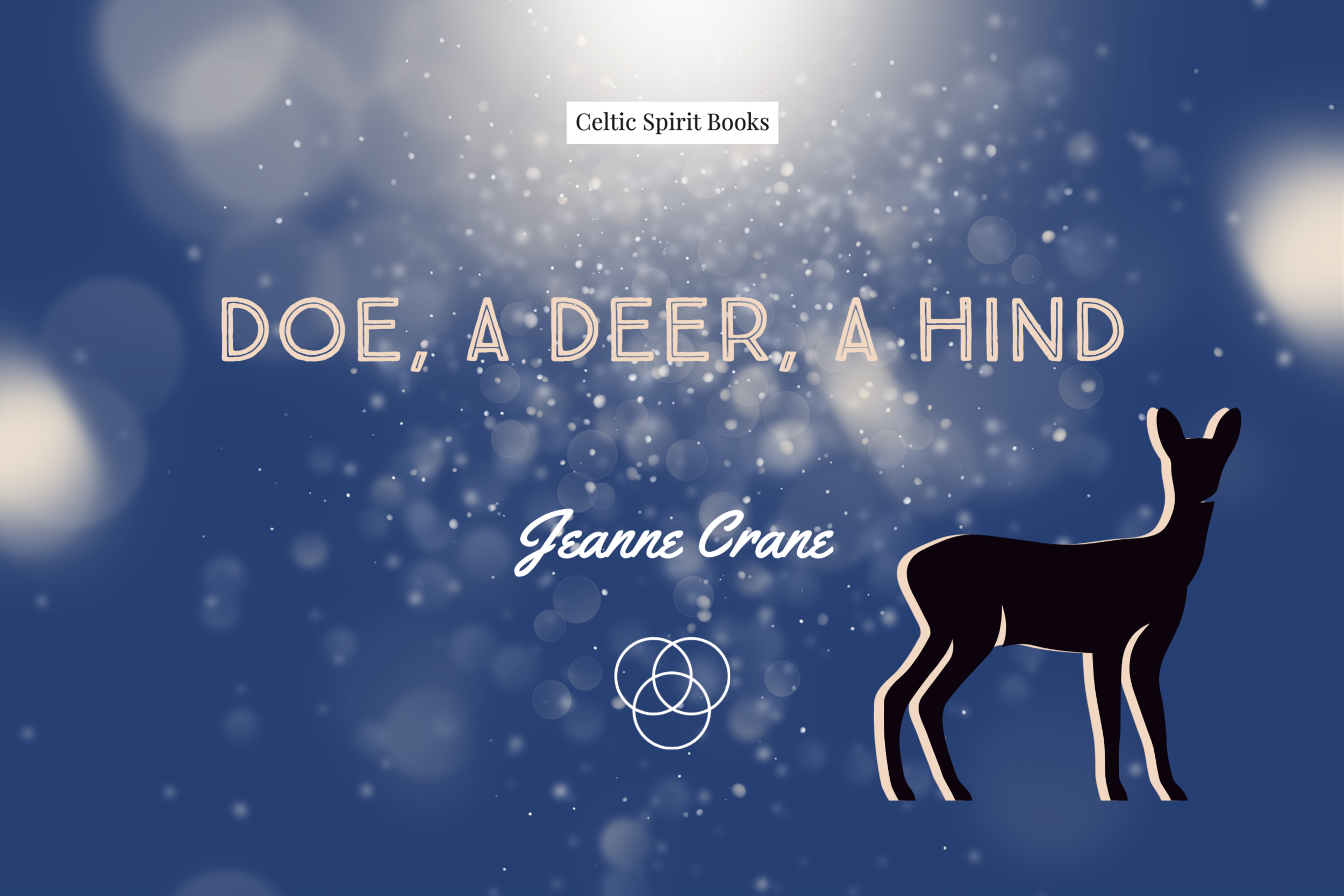Doe, A Deer, A Hind
Watch out for deer
is a frequent warning, especially this time of year here in the Finger Lakes.
Watch out for deer is a frequent warning, especially this time of year here in the Finger Lakes. Today when I saw the yellow diagonal danger signs, I was imagining what it would be like to have signs that say “Watch for Deer” or even “Bring the Spirit of Deer to Me Today”.
Deer had a special place in indigenous cultures as a primary source of food, clothing, and tools. As such, when an animal was killed, gratitude and reverence for its life were expressed. The spirit or medicine of the animal took on special meaning, often as a totem or guide for an individual.
In Celtic lands, the Hind was the small, feminine deer that symbolized a lightness of spirit, an innocence, or a magical moment when it was glimpsed in the forest. In Scotland, the little red deer were considered “fairy cattle”. There are numerous legends in Ireland and Wales as well; many connect the hind to the Hag of Cailleach, the goddess in her aged wisdom and strength.
Seeing the hind or calling upon the hind brought feminine energy and lightness to those who understood her “medicine”. The reminder to step lightly, to be gentle with oneself as well as with others was in contrast to the message of the stag, the masculine counterpart.
In Celtic shamanic journeying, the hind might appear to lead one to the land of fairy or the Otherworld. Stories of young girls shape-shifting into hinds and scampering away or vice versa hinds becoming young women who lure the hero away have many variations. To welcome the hind is to open a gateway to a place where compassion, gentleness, and gratitude prevail.
In a future blog, we will explore the animal spirit of the Stag, the male deer with its opposite and balancing energy. Celtic lore often referred to the stag as the hart. The interdependence of hind and hart was symbolic of the need for balance in one’s life as well as in nature.

